Ban on listing real estate prices in foreign currencies an unfeasible task
 Under the Ordinance on Foreign Exchange issued by the National Assembly (NA) Standing Committee, all transactions and payments in Vietnam must be conducted in the Vietnam dong not in foreign currencies.
Under the Ordinance on Foreign Exchange issued by the National Assembly (NA) Standing Committee, all transactions and payments in Vietnam must be conducted in the Vietnam dong not in foreign currencies.
However, many real estate business projects are currently being transacted in US dollars. This takes place openly more often than not which have negatively affected buyers due to the ever-rising price of the US dollar against the Vietnam dong, while businesses and investors easily make huge profits without being fined by functional agencies.
A typical case in point is the high-rise apartment building project run by a Korean group Keangnam Landmark Tower in Tu Liem, Hanoi. The price of Keangnam Landmark Tower apartments listed at CBRE Vietnam and Savills Vietnam stands at US$2,800-3,300/m2 regardless of changes in US dollar-Vietnam Dong exchange rates. Property market reports from these agents give detailed information on selling prices, rental prices and service costs for various apartments, offices and retail space in US dollars and all transactions in the Vietnamese currency are not acceptable.
Similarly, apartments at the Indochina Plaza Hanoi project in Cau Giay district, Sky Tower, Mulberry Lane and Park City projects in Ha Dong are listed at prices, ranging from US$1,800 to US$3,000/ m2.
More surprisingly, some real estate projects run by Vietnamese investors also use US dollars for transactions. For instance, urban projects such as Usilk in Ha Dong, Mipec Tower in Dong Da district and Thanh Cong Tower in Thai Ha list selling prices in US dollars, from US$1,000-2,000/m2.
Early last month, the State Bank of Vietnam (SBV) asked its Hanoi and HCM City branches to strictly ban construction businesses and investors from listing real estate prices in foreign currencies as many of them often sign apartment sale contracts in foreign currencies, primarily in US dollars.
According to a report of the SBV, the act not only violates legal regulations on foreign exchange management but also directly affects citizens’ rights,.
Years ago, the Ministry of Industry and Trade (MoIT) issued a circular on guidance and management for price listing. Accordingly, listing prices of goods, services or payments in foreign currencies without authorisation will be fined VND20-30 million.
Although the ban on listing prices and payment in foreign currency was issued several years ago, almost no real estate businesses have got fined. On the other hand, the maximum fine of VND30 million is quite small compared to the huge profits real estate businesses have earned after the SBV adjusted the Vietnam dong/ US dollar exchange rate.
Because payments are in US dollar, real estate buyers are always concerned about the exchange rate between the Vietnam dong and US dollar.
Since the third quarter of 2008 when the Keangnam Group sold their flats at the Keangnam Landmark Tower, the average inter-bank Vietnam Dong/US dollar exchange rate has increased by 12 percent. This means that from the first payment in US dollar until the flat is handed over to the buyers, the investor and sales agent can earn hundreds of millions of Vietnam dong from the buyers.
On August 17, 2010, the SBV increased the exchange rate from VND18,544 per US dollar to VND18,932 per dollar. One day later, the exchange rate on free market rose from VND19,270 to VND19,500.
As a result, for a 100sq.m flat sold at US$3,000 per sq.m, buyers had to pay tens of millions of Vietnam dong to the investor overnight. People’s rushing to buy US dollar made its price rise sharply on the free market. The slower they pay off the flat the greater their losses are. This explains in part why commercial banks are always short of US dollars to sell to businesses. With a boom in real estate projects across the country there is no doubt that billions of US dollars fall into the hands of investors every year.
What the stars mean:
★ Poor ★ ★ Promising ★★★ Good ★★★★ Very good ★★★★★ Exceptional
 Tag:
Tag:
Related Contents
Latest News
More News
- Vietnam sees record disbursement of FDI (January 13, 2025 | 13:00)
- Largest foreign investors continue drive in Vietnam (January 13, 2025 | 11:17)
- AEON Vietnam to open new store in Hanoi (January 11, 2025 | 09:00)
- AEON Financial completes buyout of PTF (January 10, 2025 | 16:02)
- Priorities clear for cooperation between ASEAN and Australia (January 10, 2025 | 16:00)
- Benefits ahead for both Vietnam and and UK through latter’s CPTPP addition (January 10, 2025 | 14:35)
- Localities’ FDI efforts earn records (January 10, 2025 | 14:28)
- Singapore's August Global Partners invests in Gene Solutions (January 10, 2025 | 11:20)
- Next stage reached in carbon credit sphere (January 10, 2025 | 09:58)
- EAAIF invests $20 million in CME Solar to power Vietnam’s manufacturing sector (January 09, 2025 | 11:15)




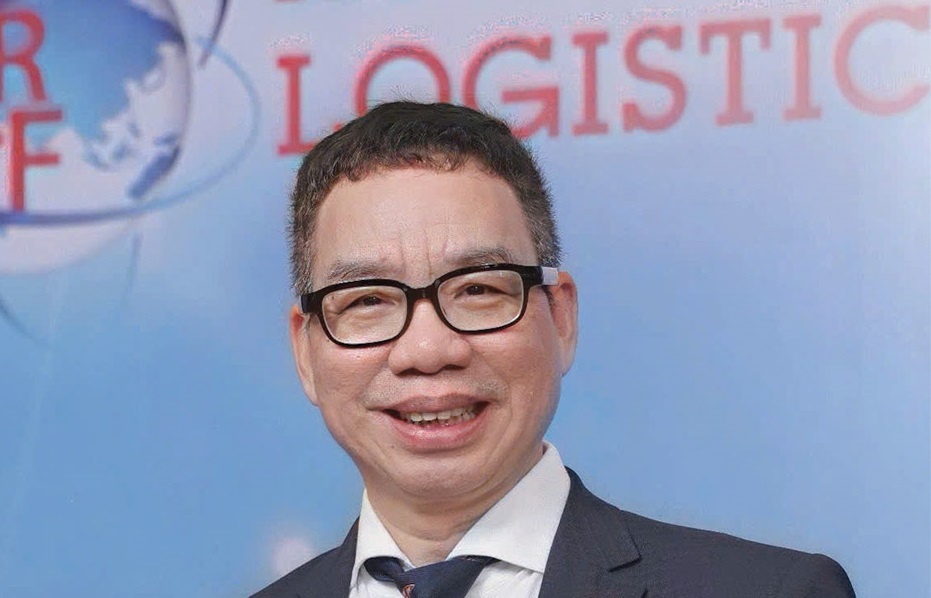
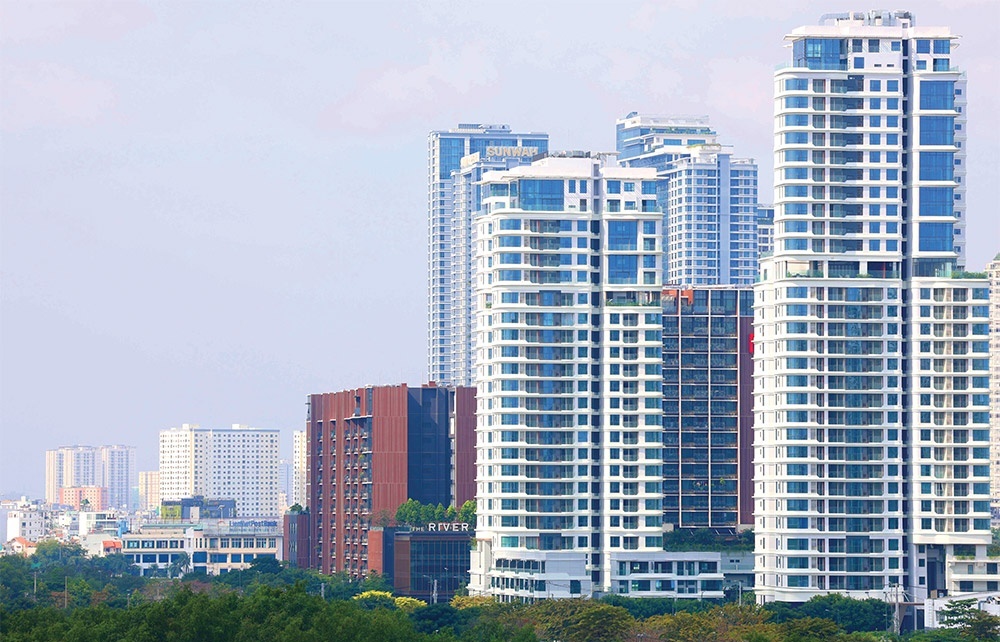

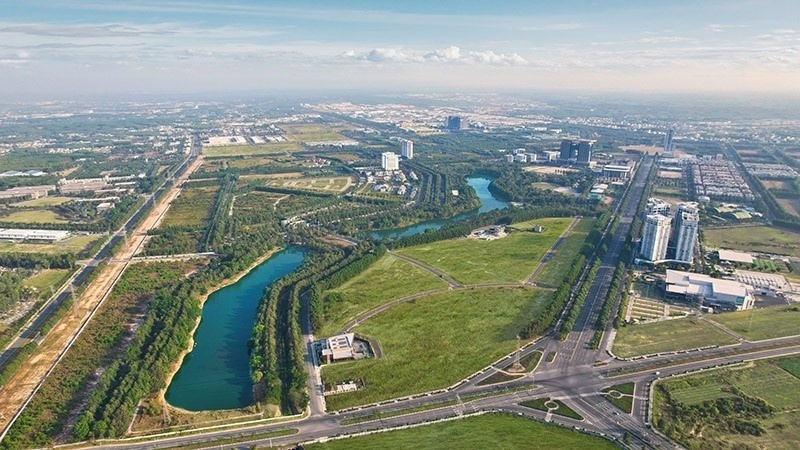

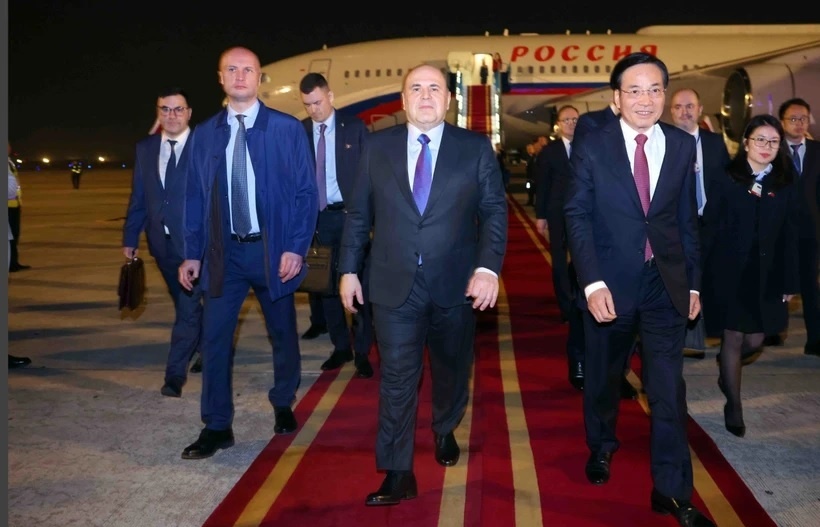



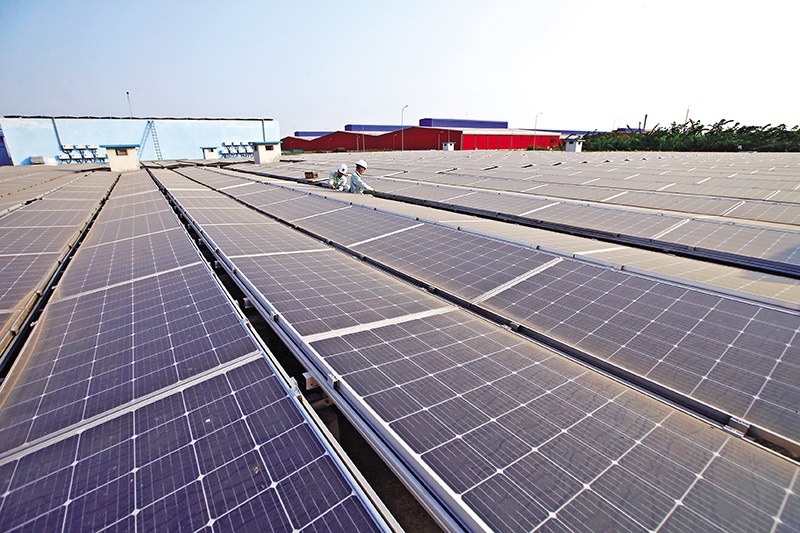
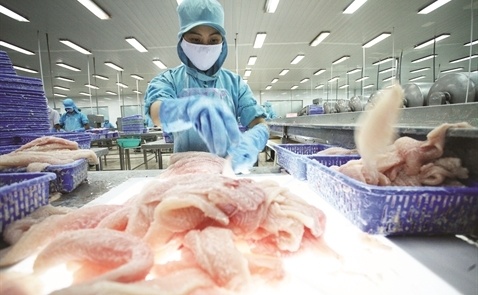



 Mobile Version
Mobile Version